Alrighty...this is the last post.
Let's look at the barrels. We'll start with the bottoms:
This is where the rear of the recoil assemblies rest and the slide stop pin passes through. Yep, they look very similar and pretty too! The new jobber is obviously based on the old jobber.
The breach with the Swisson the left:
Again they look similar although the US on is squared off at the top. Hmmmm…...what's that eyebrow looking thingee sticking out at the top of the US barrel?
Side view:
Yeppers, look at the cam slot for the slide stop axle. Clearly the same design. HEY! Wait a minute! Where are the locking lugs on the US barrel?? What's going on here??
Let's take a closer look:
Did they forget to machine the locking lugs on the US one?? Nope. They lock up differently. The original SIG uses the Petter/Browning system wherein there are lugs machined on the barrel which lock into corresponding cut outs in the slide. The new P210 uses the SIG SAUER system which employs no such lugs. Instead, it uses the front and rear surfaces of the breach/chamber to lock into the front and rear of the ejection port. This system was first used on the SIG P220 back in 1975 and is still used to this day throughout the SIG SAUER lineup. This is the number one major departure from the original P210 design. Some guys seem to hate that they did this on the new 210. Pretty much every other part of the pistol is simply an evolution of the original design and they can't understand why the locking system was changed. So why did they do it? I don't know. May folks will have their opinion but it's nothing more than that really....their opinion. In the end, only SS knows for sure why they . I for one won't speculate. I will say that it works and it works spectacularly. If you want to buy a new P210, you're just going to have to accept that changes were made. If you don't want that, then go buy an old one. In my opinion, either will make you a very happy dude at the range.
Let's take a look at the inside of the slides.
Swiss showing the milled slots for the locking lugs on the barrel:
Again, ignore all the automatenfett smeared around in there. I really should have wiped that off first.
And American showing no locking surfaces but plenty of smooth goodness and perfection:
Just for fun, here are a couple pictures showing the new P210 barrel compared to an old 9mm P220 barrel from the 1970's:
There is absolutely no question that the new P210 uses the P220 locking design.
And here is a photo showing the inside of the US P210 slide on the left compared to a 1977 P220 slide on the right:
Notice that the wear marks on the 210 are even reminiscent of the contours seen in the early 220 slide. Very interesting!
Disassembled view of the old and new:
Notice the hammer unit removed from the frame of the Swiss pistol.
This last picture shows the true lineage of the new P210:
Just as is shown in the picture, the new P210 is not really a remake of the P210 nor is it a P220. Instead, it falls somewhere in between the two, clearly leaning toward the one but having a healthy dose of DNA from the other one too. In my experience, it is every bit the equal of both but yet distinctly different than either. If you ask me, the best way to get your head right with this pistol is to think of it as a P215.
Well, that's it. We're done. I hope this little essay is helpful to you guys in some small way. As was explained in the beginning, it's an attempt at a general comparison between the two. As I also said at the beginning, I prefer the Swiss P210 but I prefer it, not because it is better, but because it is Swiss made. Yes, it is a fine shooter but ultimately, I bought it because it is Swiss through and through. For me, it's that simple. If you are thinking of buying the new one in order to save money because what you really wanted was an original, do not buy this pistol. It's never, ever going to be an original P210 and you will be sorely disappointed. BUT, if you are thinking of buying the SIG SAUER P210 because you want an outstanding range pistol that is the very definition of Quality, gives you that priceless feeling of mechanical perfection every time you pick it up and will outshoot pretty much anything else you own; well this just might be the pistol for you. If that's what you are looking for, I really don't think you can go wrong with this pistol. Besides, if you eventually tire of it, I'd almost guarantee you will make money on it when you let it go. But I'd also almost guarantee that you would eventually regret letting it go too! Whatever you decide, I want to thank you for taking the time to read this and I hope all your range days are sunny, warm and fun!
- Knowledge Library

- MKL Entry of the Month
- Australia
- Austro-Hungarian Empire
- Canada
- Czechoslovakia
- Denmark
- Finland
- France/Belgium
- Germany
- Italy
- Japan
- Norway
- Russia
- South America
- Sweden
- Switzerland
- Turkey
- United Kingdom
- United States
- Yugoslavia
- Is my rifle authentic or a fake?
- Jay Currah's Lee Enfield Web Site
- On-line Service Records (Canada)
- Technical Articles/Research
- Forum
- Classifieds

- What's New?
-
Photo Gallery

- Photo Gallery Options
- Photo Gallery Home
- Search Photo Gallery List
-
Photo Gallery Search
- Video Club

- iTrader










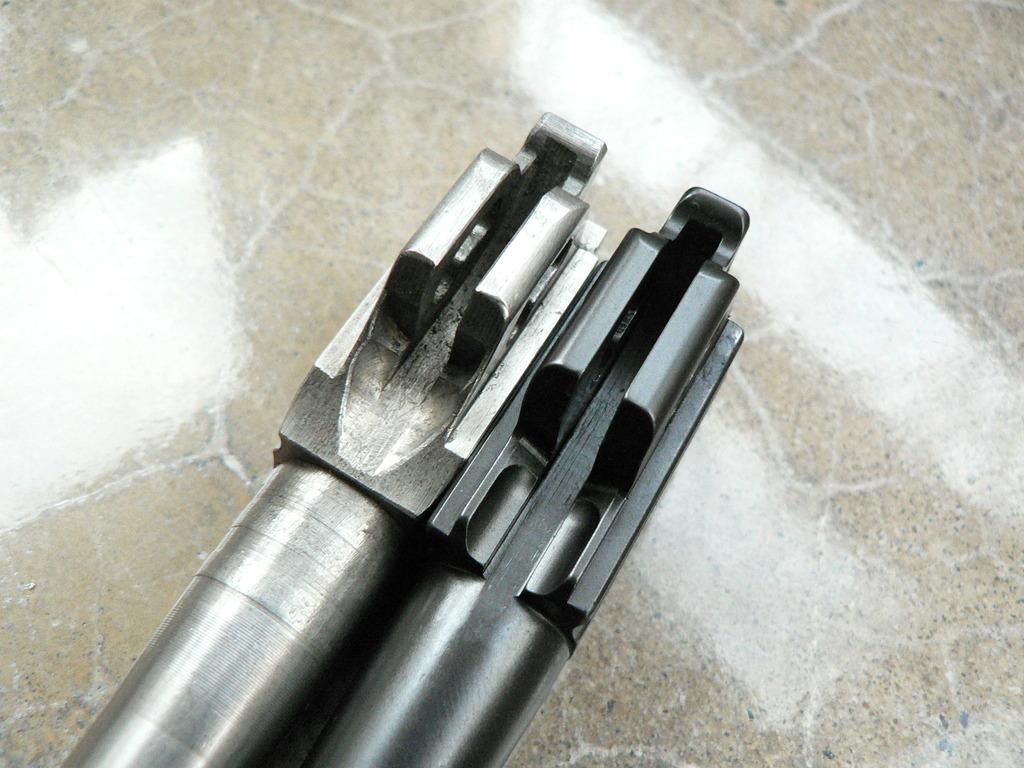
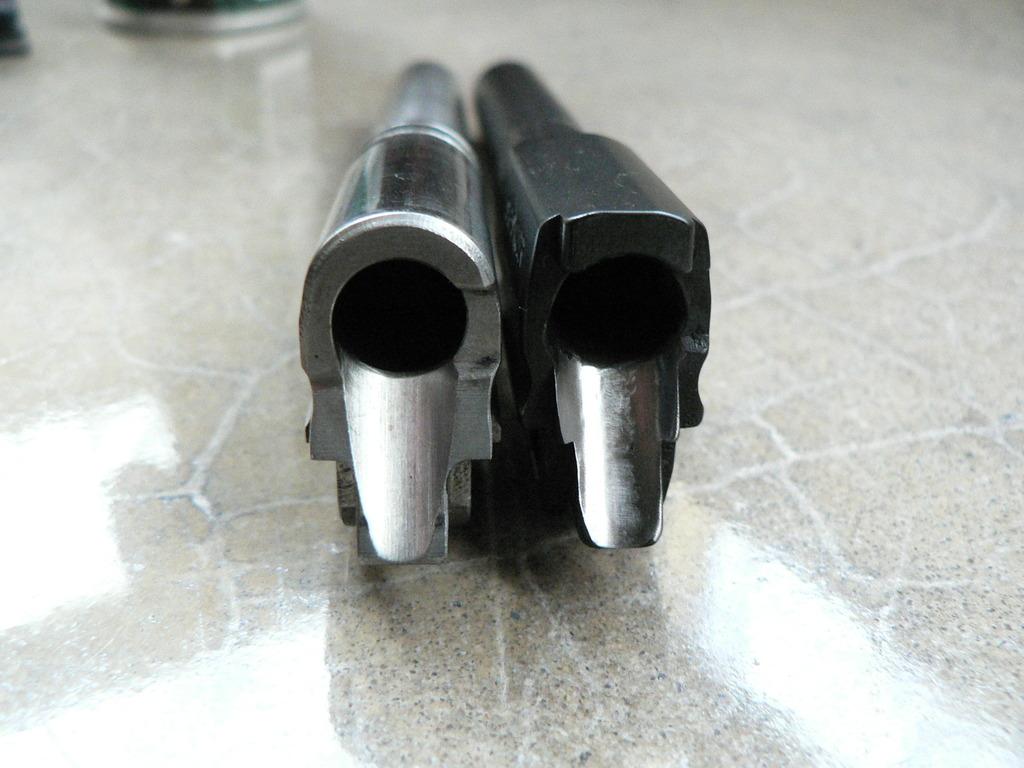
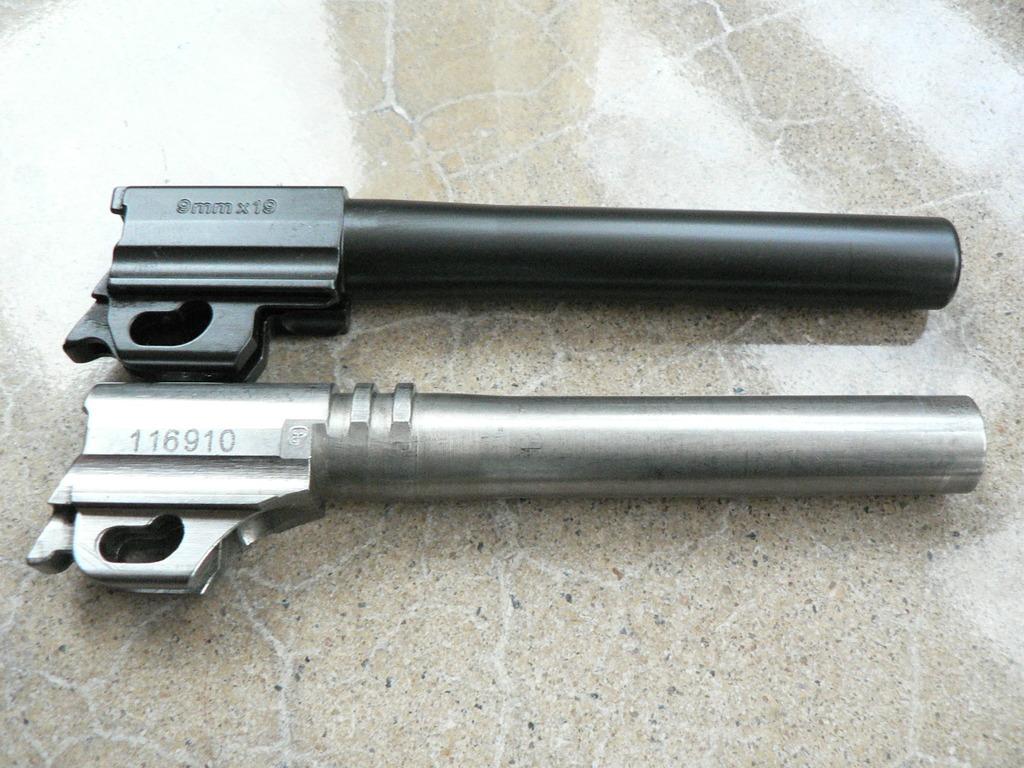
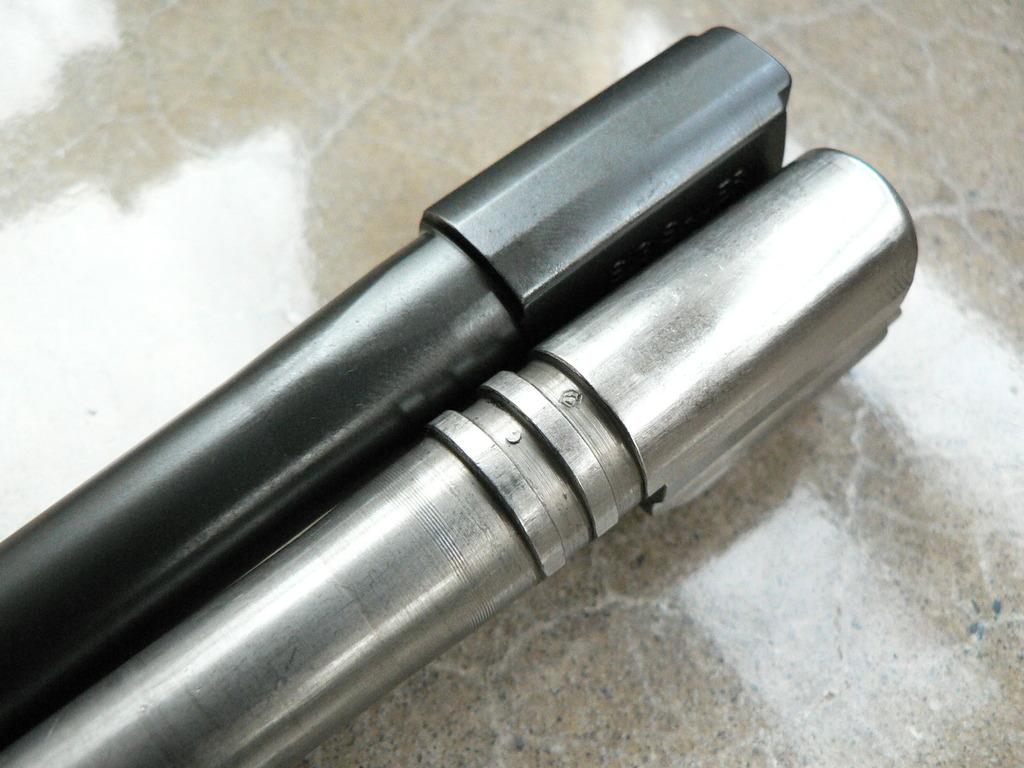
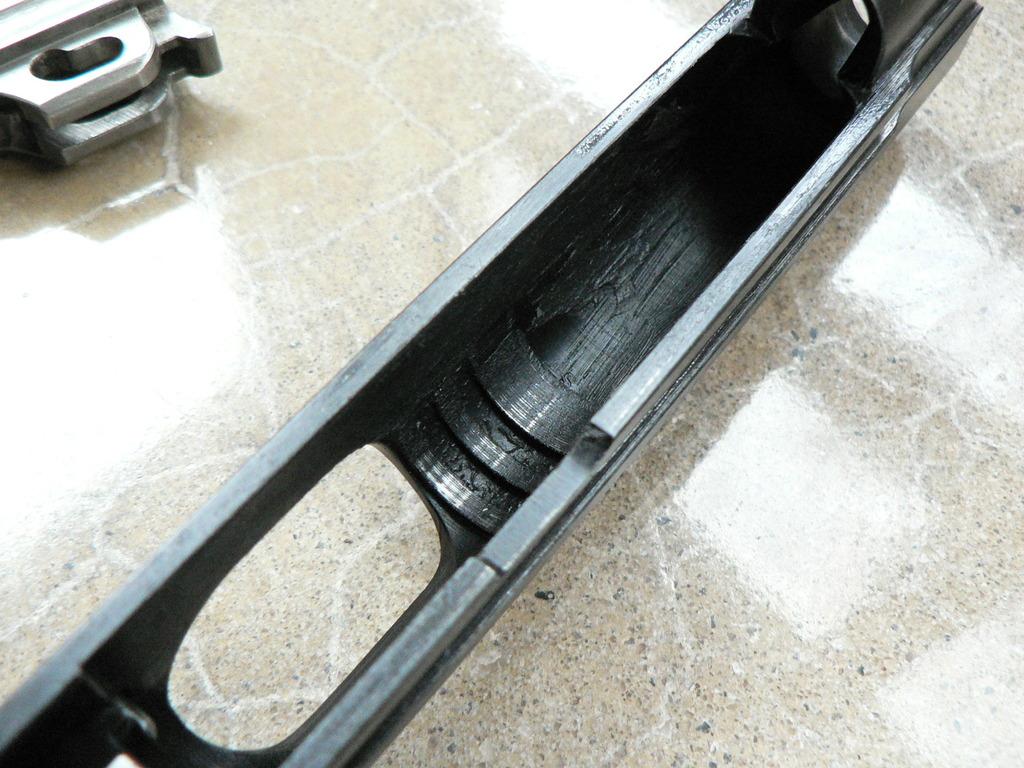
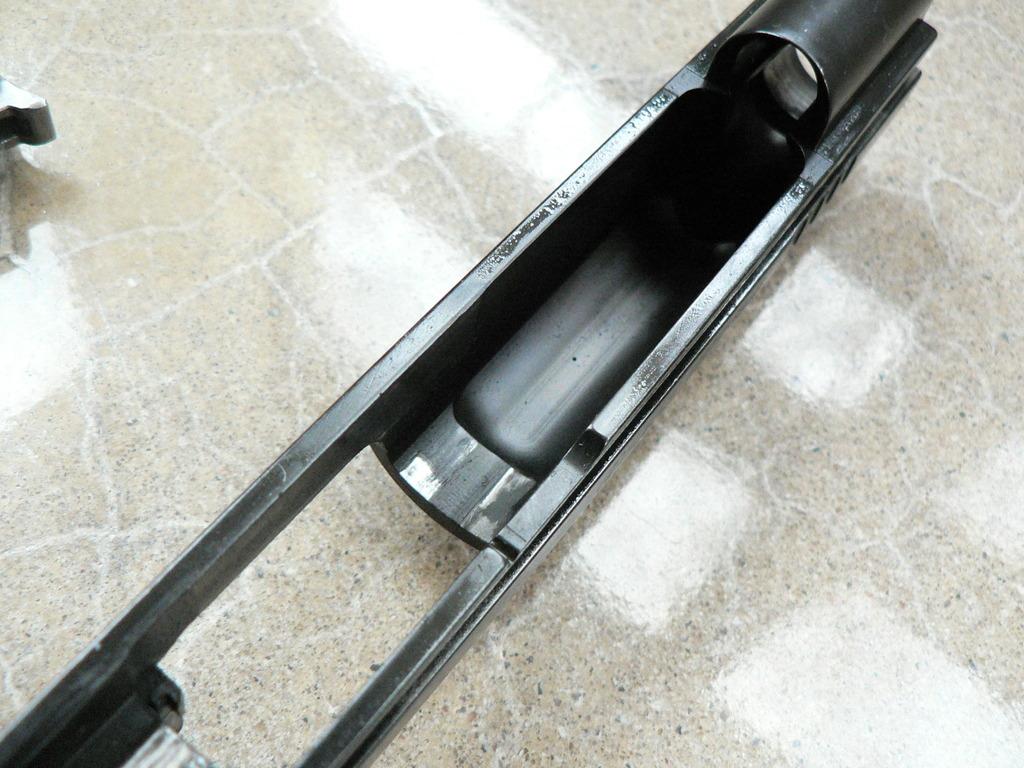
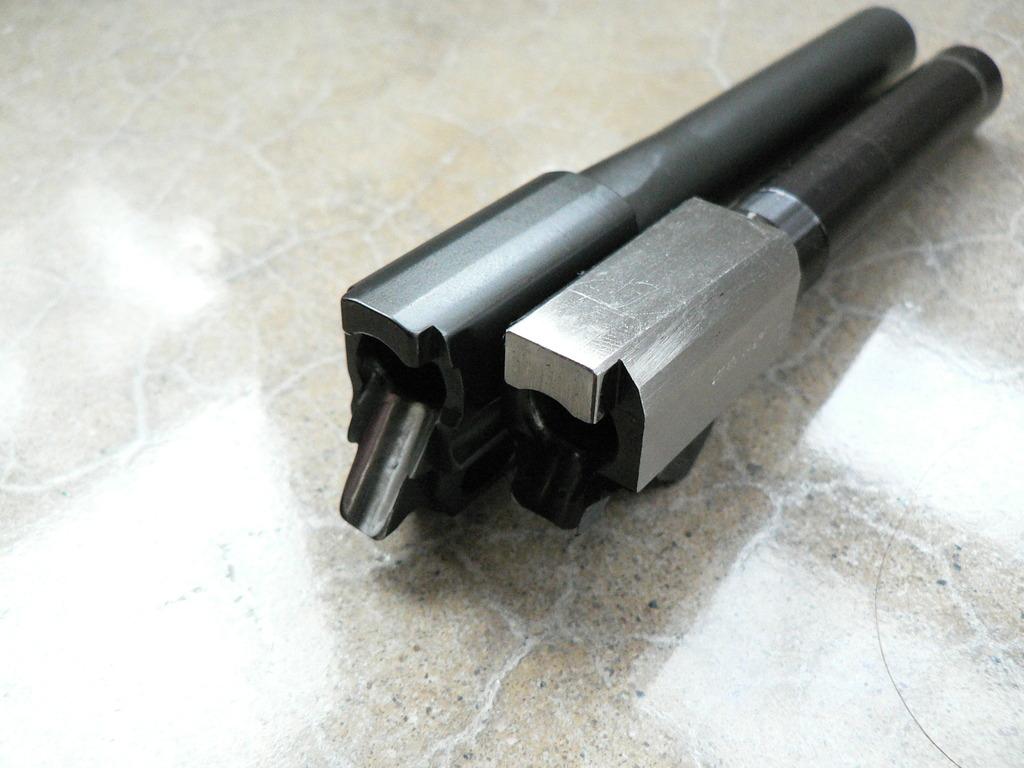
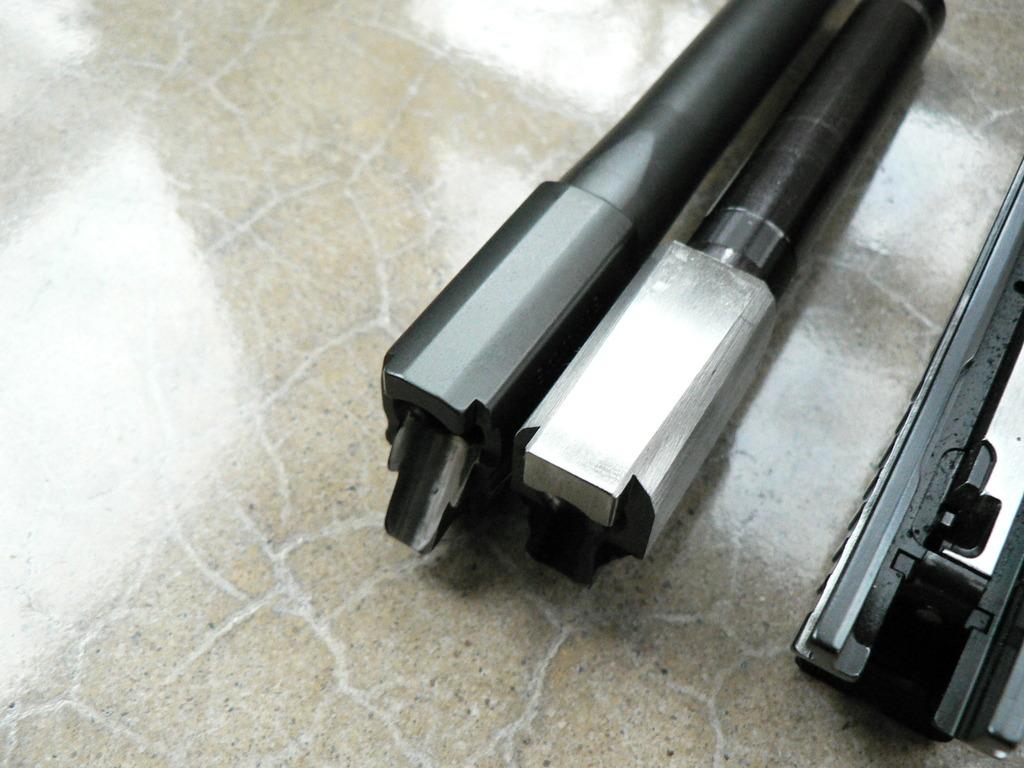
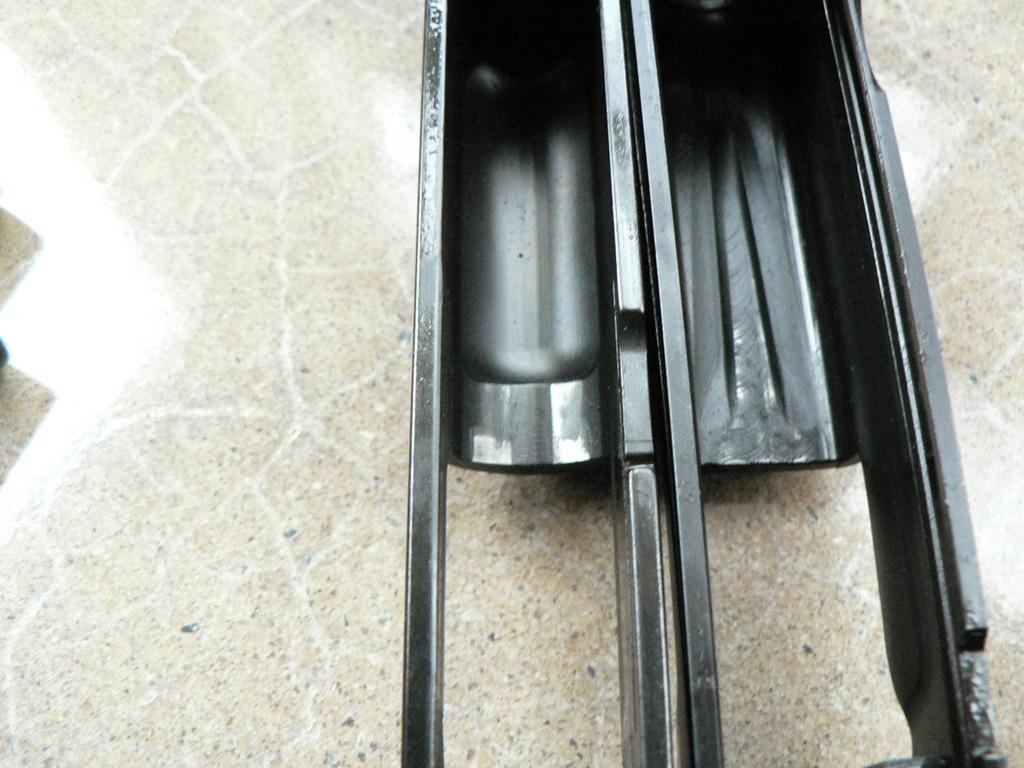
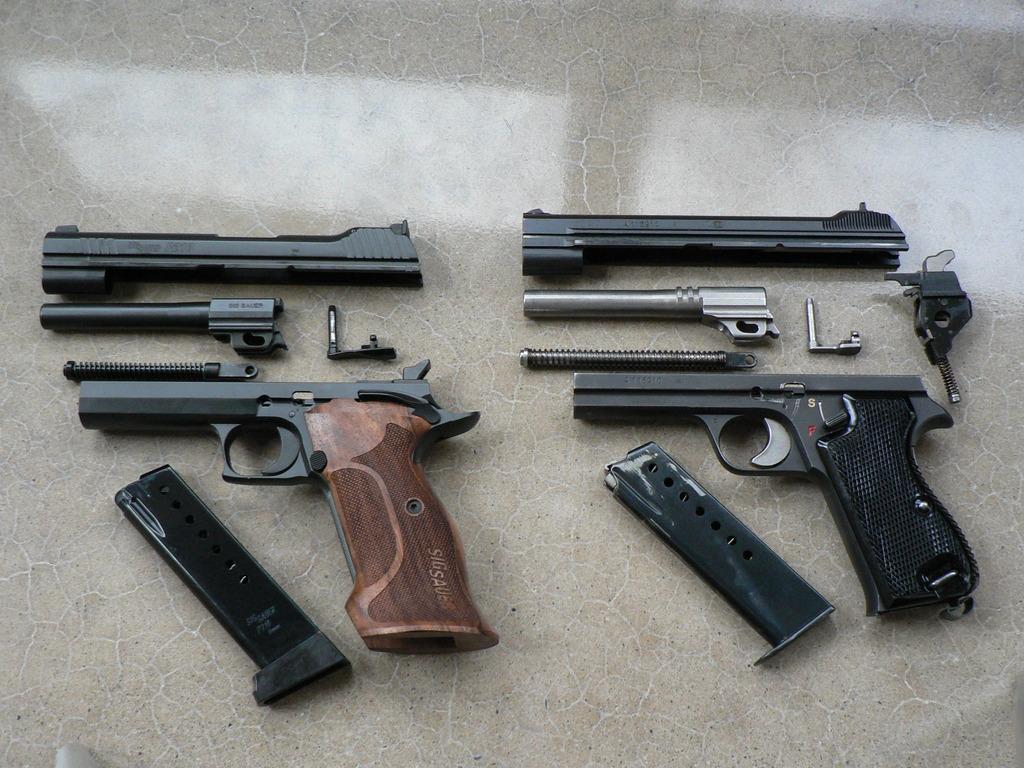
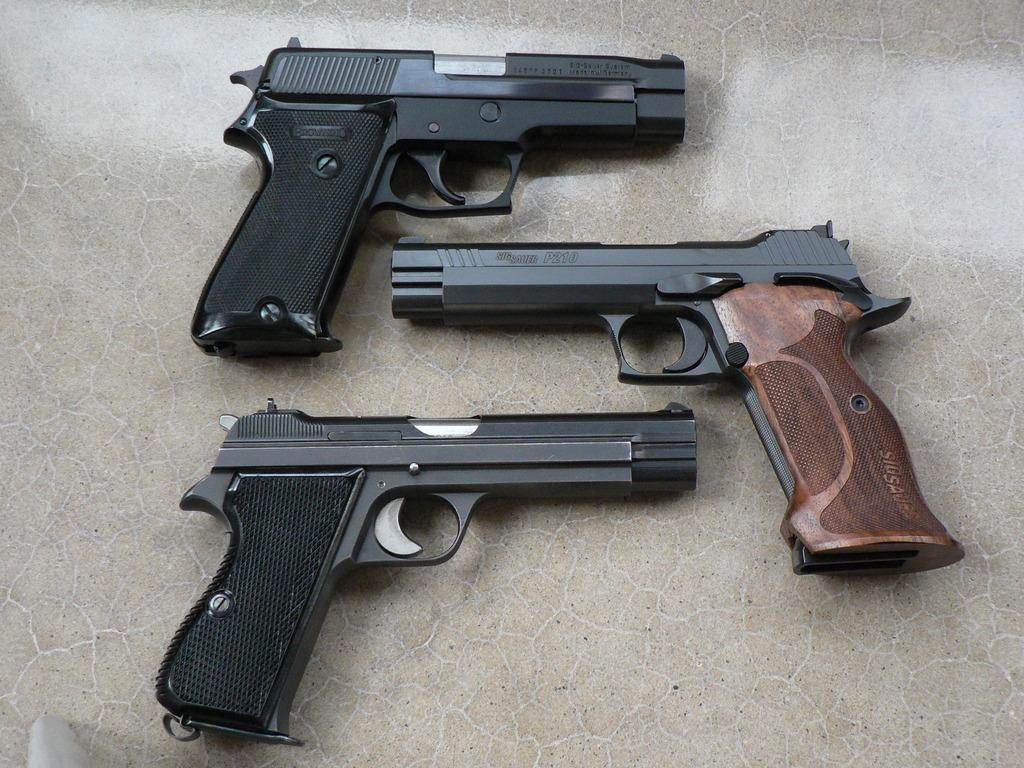

 PM
PM
